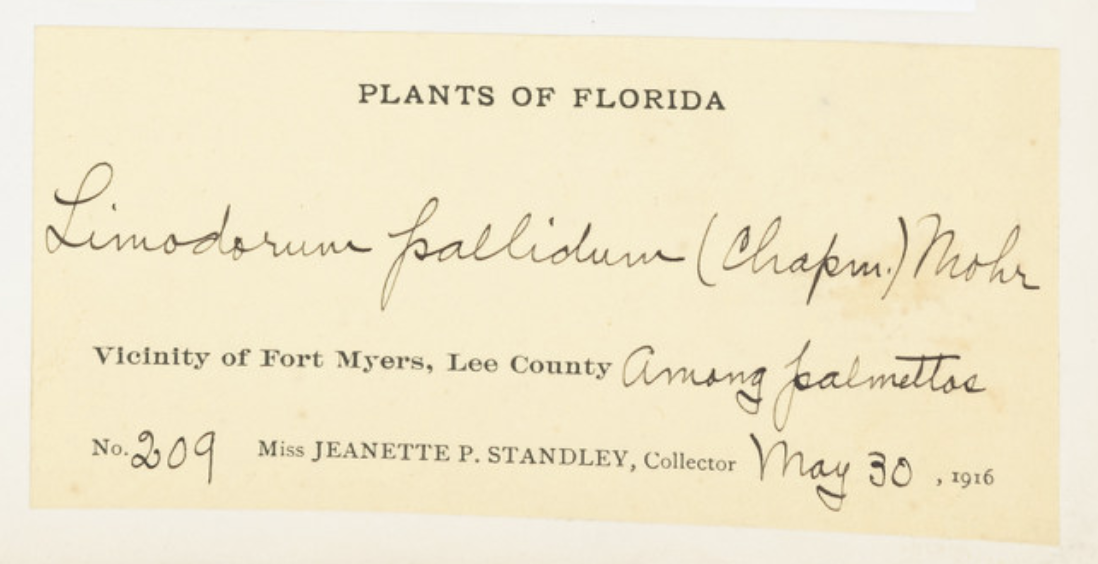If you’re suddenly noticing the wildlife outside your window while sheltering in place — or if you’re trapped far away from nature and craving it — there’s a way to turn quarantine observations into data that can power scientific research.
Becoming part of a community of citizen scientists might just soothe your sense of isolation, too, says Rob Guralnick, an associate curator at the Florida Museum of Natural History on the University of Florida campus, who helps run the nationwide citizen-science effort Notes from Nature.
“People are at home playing Animal Crossing, but you can get the same sense of shared activities in a way that can be useful to science,” Guralnick said.
Here’s how.
If you’re able to spot animals and plants, you can log them on iNaturalist, a website and app run by the California Academy of Sciences and the National Geographic Society that gathers observations from millions of people around the world and makes them available for researchers. Not sure your observations are valuable? Florida Museum herpetology curator David Blackburn published a research study based on a photo submitted by a non-scientist that helped establish the range of an elusive frog species, and Guralnick has used data from iNaturalist to track changes in flowering plants. By combining community reports with data from museum specimens, scientists can detect shifts driven by climate and habitat change, “especially with non-native species,” Blackburn said.
“Sometimes we have very little documentation of what’s right around us,” he said. “The things you think are mundane might become really important.”
Using iNaturalist, you can keep a list of what you’ve spotted and even get help identifying it.
If you don’t have wildlife nearby, or you’re yearning for something more exotic than backyard critters, you can contribute to one of the projects on Notes from Nature, which relies on volunteers to transcribe handwritten notations on museum specimens so they can be available to scientists worldwide.

The Notes from Nature interface.
Current projects range from Florida plants and California flowers to butterflies and other bugs — even parasites, if that’s your thing.

Both iNaturalist and Notes from Nature have seen increased participation since the COVID-19 outbreak began, Guralnick said. He attributes the spike to something more than having extra time on our hands.
“What I love about citizen science is that it’s collaborative,” he said. “You can communicate across space and time. While people are isolated, it gives them a way to have connections, to reach out and build community.”